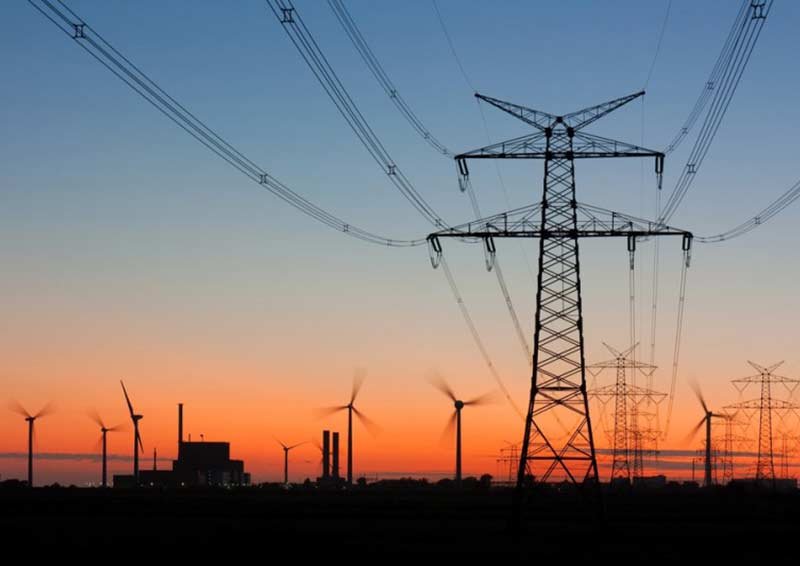- Business
- No Comment
Zimbabwe’s lectricity production down 14 percent – report shows

By New Ziana
Zimbabwe’s electricity sector continues to grapple with challenges, with the latest figures from the Zimbabwe National Statistics Agency (ZimStat) showing a 14.5 percent decline in power production in the fourth quarter of 2024 compared to the previous quarter.
The Index of Electricity Generation (IEG) report highlights the strain on the sector, with the country’s power supply remaining significantly below the estimated 2,200 megawatts (MW) required during peak periods.
Despite the decline, experts say the sector remains resilient, with opportunities for growth through investment and policy reforms.
The data shows that Hwange Power Station, a coal-fired facility, generated 1,650.4 Gigawatt Hours (GWh) in the last quarter of 2024, accounting for 72.4 percent of total production, while Kariba Power Station, a hydroelectric power plant, contributed 516.6 GWh, or 22.7 percent.
Independent Power Producers (IPPs) added 4.9 percent to the total supply, signaling room for increased private-sector participation.
Electricity imports also dropped by 20.2 percent, from 611.1 GWh in the third quarter to 487.8 GWh in the fourth quarter. South Africa’s Eskom provided the largest share of imports at 47 percent, followed by Mozambique’s HCB (25 percent) and EDM (18 percent).
Meanwhile, exports remained stable at 423.6 GWh, with Zambia’s Copperbelt Energy Corporation (CEC) taking 52.5 percent of the exported electricity.

Economist Namatai Maeresera said the decline in power generation signals areas needing urgent investment to stabilize supply and support economic growth.
“Electricity is the backbone of industrial productivity. While a temporary decline poses challenges, it also highlights where investment is needed to unlock new growth,” he said.
Engineer Nigel Chingora pointed to the aging infrastructure at Hwange and fluctuating water levels at Kariba as key risks to stability.
He urged authorities to accelerate investment in renewable energy and decentralize power generation to ensure long-term sustainability.
Power shortages have forced industries, including mining and manufacturing, which consumed 37.2 percent of the country’s distributed electricity in the quarter under review, to rely on costly diesel generators.
Households, which accounted for 19.2 percent of consumption, continue to struggle with frequent outages, making alternative power sources such as solar unaffordable for many.
Despite government efforts to rehabilitate Hwange and secure regional power partnerships, experts say more aggressive policy reforms are needed.
“The government must fast-track renewable energy integration, improve efficiency in existing plants, and attract private investment to ensure energy security,” Chingora said.
With electricity generation closely tied to economic growth, stakeholders say resolving the current shortfall is crucial for Zimbabwe’s future.
“If we capitalize on the opportunities, Zimbabwe can become an energy-secure nation, ready for sustained economic expansion,” Maeresera said.
